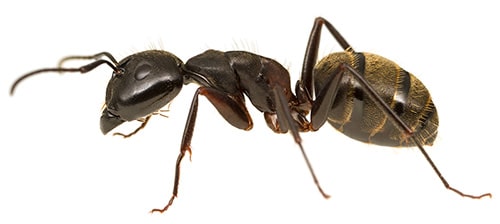Annmarie Sculpture Garden & Arts Center, Dowell, MD -- May 20 - Aug 28 2016
Science & Art
Nature is beautiful. Tiny nature is even more beautiful. While many recognize the beauty of a flower or a butterfly, fewer recognize the beauty of an ant, a planthopper, or a spider. But sometimes we just need to look a little closer. When I look through my macro lens, I see a beauty that often remains hidden to the naked eye. What I see is art, in its purest form. My artwork is about sharing this beauty through my eyes and my goal is to create an awareness for the (tiny) natural world around us.
Nature is alive and waiting to be discovered. My scientific research has taught me that most of what surrounds us is unknown. My art is about making some of this unknown beauty visible to others. Almost 80 % of all animal species are insects, many the size of a rice grain or smaller. Yet often attention is given to organisms we relate to in size which in turn governs our conservation priorities and relationship with nature. Small things are fascinating and beautiful, and it is my hope that recognizing this will change how every single one of us interacts with nature.
Art Exhibits
"Invasion of Insects" (May 20 - Aug 28 2016), Annmarie Sculpture Garden & Arts Center, Dowell, MD
Many insect species construct or produce structures for shelter, defense or camouflage. Insecta Arta is about highlighting these artistic insect structures. I focus on lacewing larvae (insect order Neuroptera), planthopper larvae (insect superfamily Fulgoroidea), and bag worm moth larvae (insect order Lepidoptera / family Psychidae). Lacewing larvae attach various materials to their backs for camouflage (video). Planthopper nymphs create waxy tail structures to distract predators. Bagworm moth larvae construct elaborate casings that they live in. All of these insects are tiny, only a few millimeters in size and almost invisible to the naked eye.
